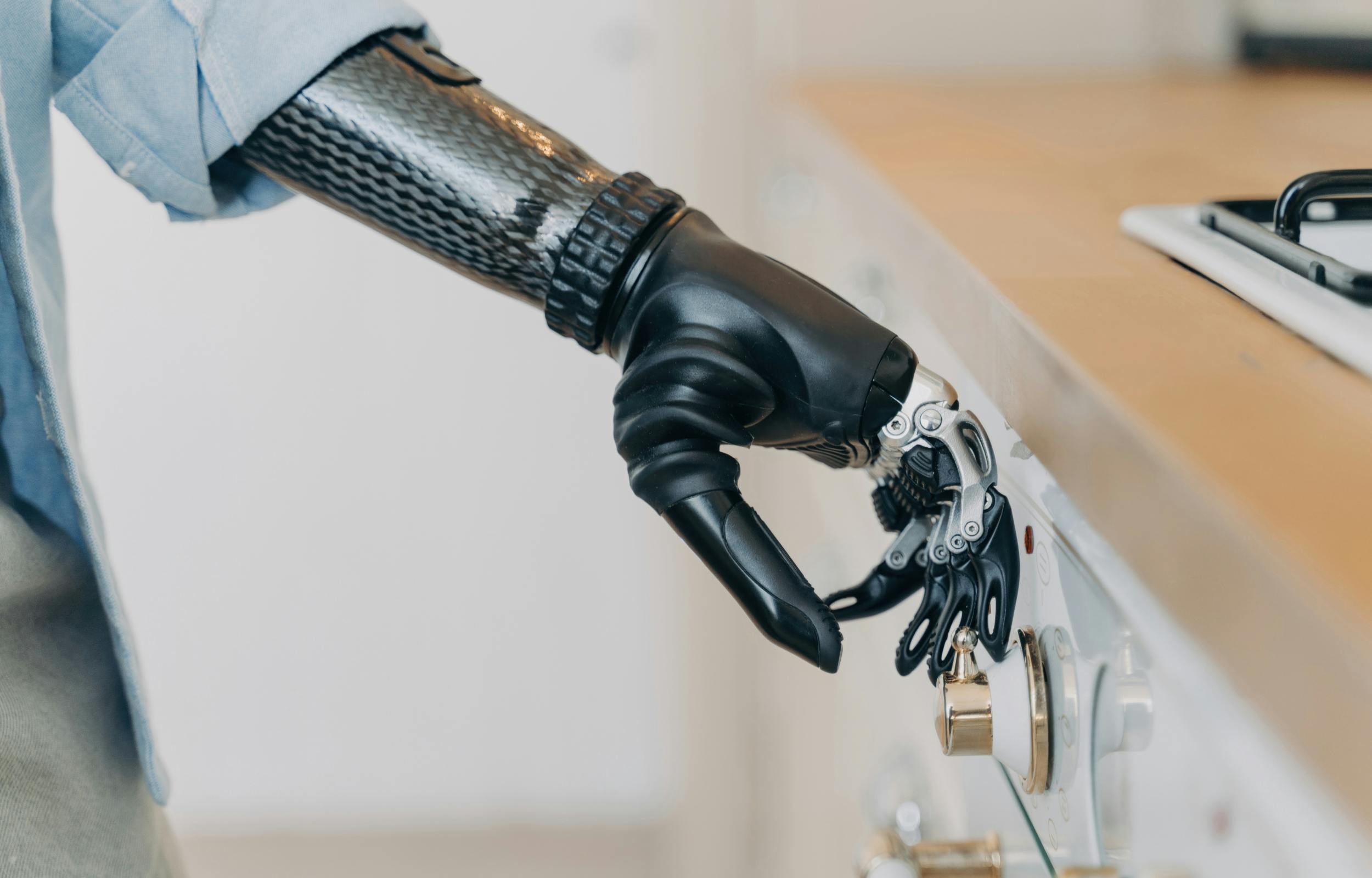These smart sensors are based on electric fish
Have you ever stubbed your toe while going to use the restroom in the middle of the night? Or had someone sneak up on you, causing you to jump out of your skin because you had no idea they were right behind you?
Though these are mostly trivial annoyances, they sure make us wonder why our senses can’t help us better detect our surroundings. Sometimes sight and touch are not enough. And especially when it comes to patients using prosthetics, even the senses many of us take for granted are unavailable.
Now, scientists are trying to change that. They’re doing so by taking inspiration from an animal much better at sensing its surroundings than humans are—an electric fish.

The story: The Mormyrids, a family of African fish, are weakly electric, allowing them to locate nearby prey without sight or touch. Researchers from the City University of Hong Kong have created an artificial sensor system inspired by these fish.
- This technology is intended to one day be used in robotics and smart prosthetics, to help users locate items without needing to rely on organic senses or even machine vision.
Upgrading prosthetic spatial location: Currently, soft electronics’ spatial location is generally limited to two-dimensional sensing through physical touch. This innovation takes this ability into the third dimension.
- For Mormyrids, the combination of their special electrical organ and their electroreceptor allows them to sense their surroundings in three dimensions through their skin. Even if their prey is hiding in murky water or mud, they sense it.
- The scientists’ electronic skin (E-skin) sensor system works similarly, generating an electrical field beyond the device’s surface and acting as a receiver to detect both distance and direction of a targeted object. It then transmits these 3D positions to connected devices in real time.
- Beyond enabling spatial awareness, this connectivity allows the sensor system to interact with machines, allowing for functions such as controlling a robotic arm or a drone.
Another leap for soft medtech: One of the E-skin’s core attributes is its flexibility, allowing the small device to more precisely fit the irregular surface of a human body.
- The sensor’s electrode layers are made of a biogel often used in biomedical applications.
- Beyond upgrading smart prosthetics’ spatial detection capabilities, the researchers imagine their technology further enabling the creation of more sophisticated human-machine interfaces.
- One such potential application is the creation of advanced, touch-free user interfaces in the automotive industry. Imagine driving a car where subtle, touch-free gestures allow you to control your dashboard. Or a car itself covered in solar-powered e-skin with proximity detection.
- We’re excited by this potential exchange of ideas and applications with industries beyond medtech. As we strive to innovate for patients’ well-being, we benefit from such reminders as to what is possible when we work together.